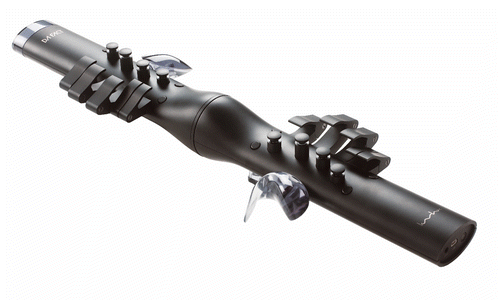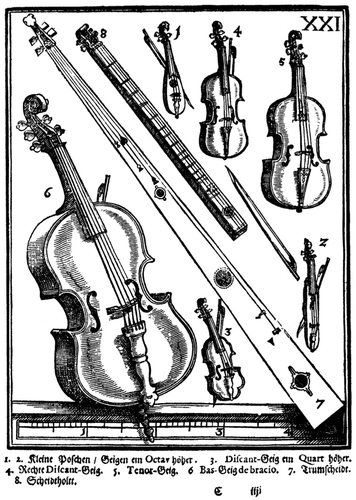Figures & data
Fig. 2. A common tree-like organological classification. Here, showing the top categories of the Hornbostel–Sachs Systematik from 1916.

Fig. 3. Mantle Hood’s organography enabled a visual description of musical instruments in their functional details. Here, displaying a composite symbol for a pair of fictitious drums.
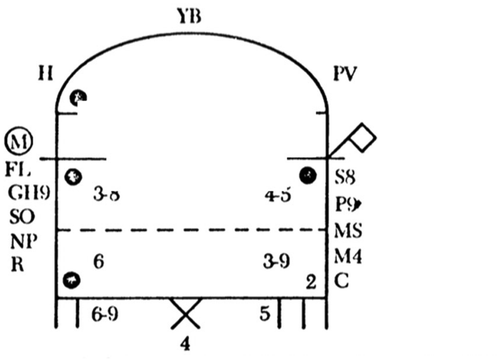
Fig. 4. The dimension spaces of Birnbaum et al. (Citation2005) on the left and Magnusson (Citation2010) on the right.
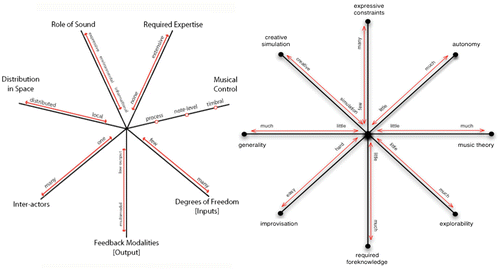
Fig. 5. Ramon Llull’s Arbor Scientiae, from his work Ars Magna, from 1295. There is a clear influence of Aristotle, Porphyry’s Isagogue, and Boethius’s work.
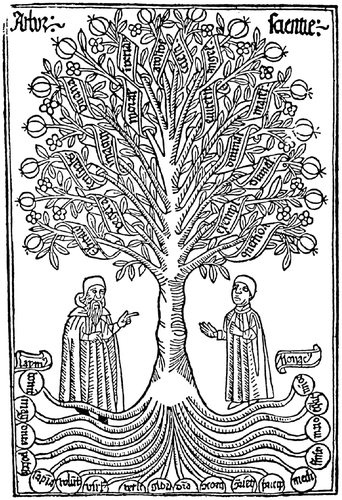
Fig. 6. A change of metaphors: in place of a tree, with branches extending out from a common trunk, we now find a rhizomatic root, lacking a centre.
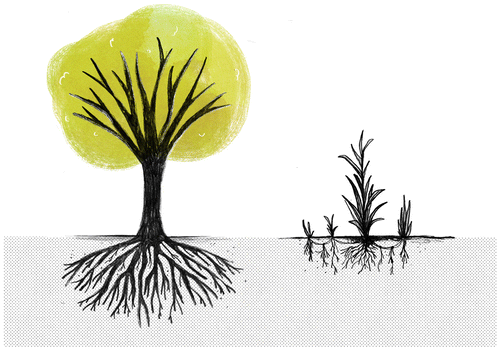
Fig. 7. The halldorophone. An example of how twenty-first century instruments contain the elements of the acoustic, the electronic, and the digital in one and the same device.
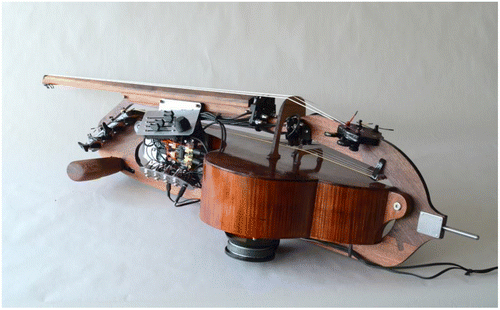
Fig. 8. The Karlax controller. A new instrument with 55 individual parameter controls. New instruments are now going beyond their acoustic counterparts, reusing skills (finger control of keys), but applying other gestural inputs, such as an accelerometer for detecting movement, rotation sensor for twist, etc.
